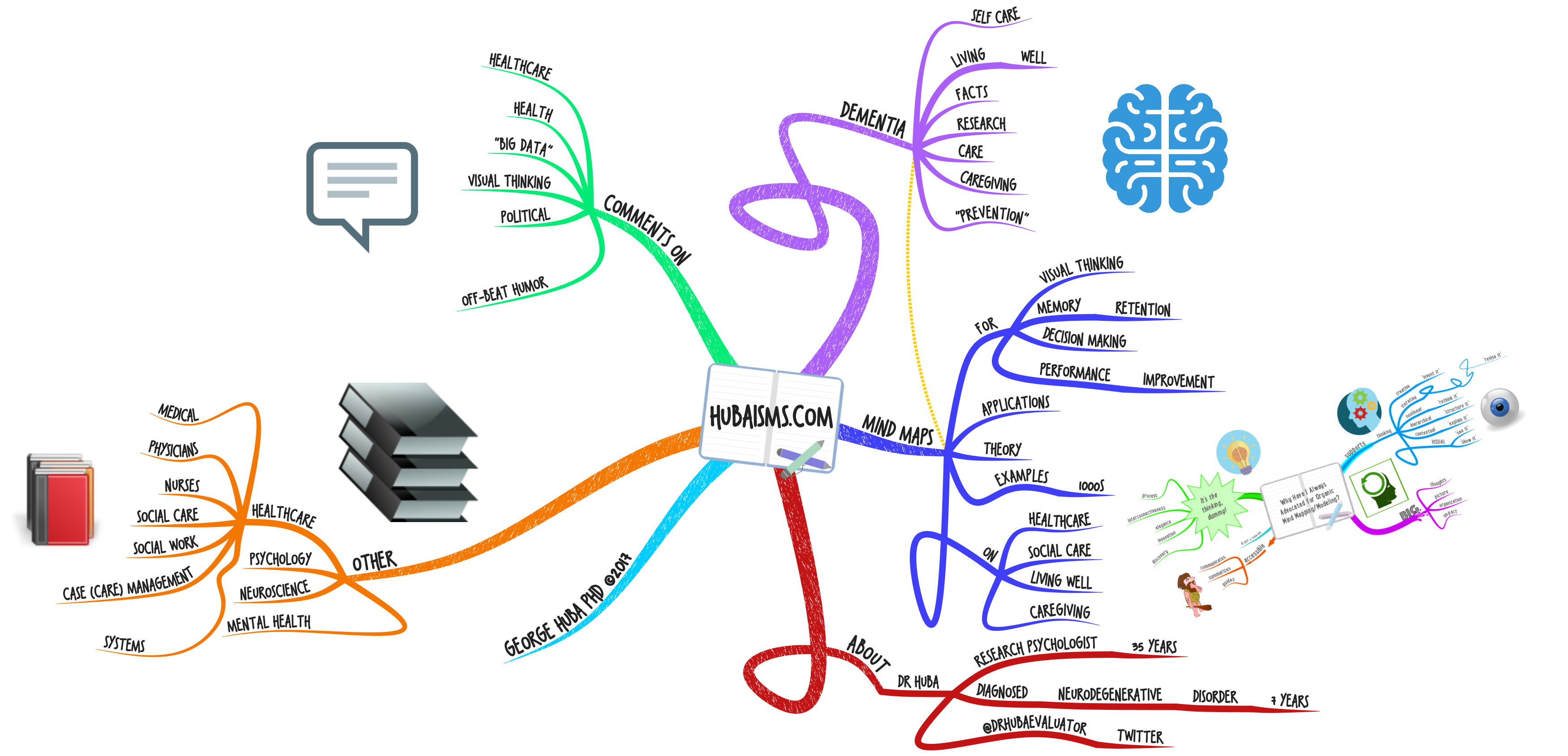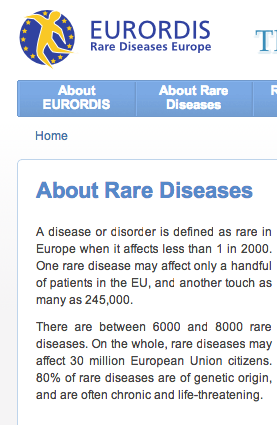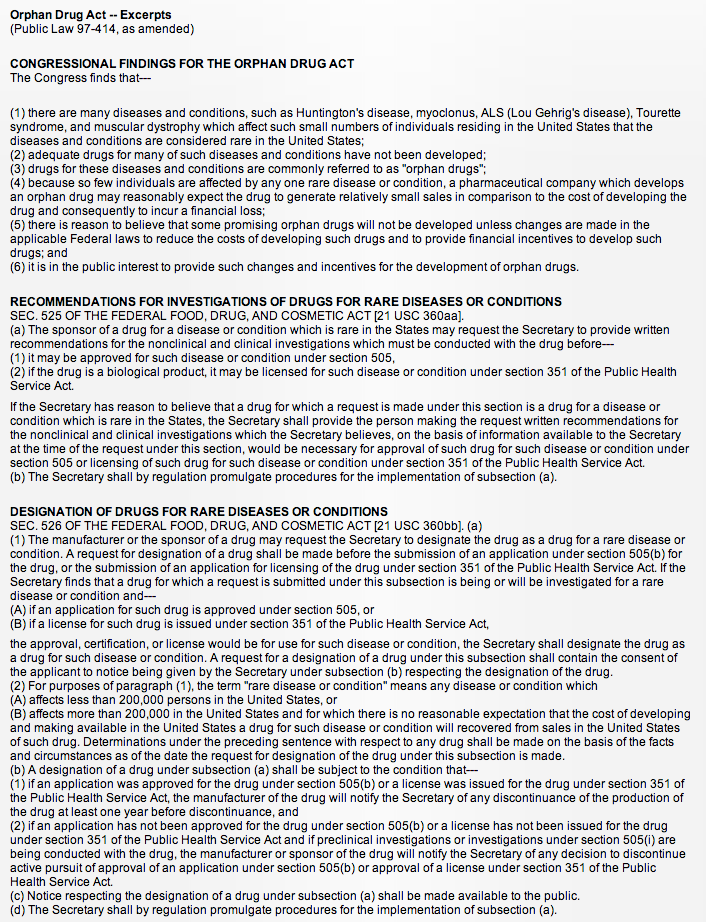I corrected a huge mistake in my thinking about mind maps during 2010.
I had started using the program Mindjet MindManager for mind maps at the time version 2 of the program was released. Over almost 20 years I used occasionally used MindManager, alternating periods of a few days of intensive use with months of ignoring mind mapping.
I hardly considered organic mind mapping in the early days because: a) I cannot draw clearly or even print clearly even though Tony #Buzan says everyone can; b) I am a “tech guy or nerd” and damn it, why would I hand draw something if a computer program was available to turn my brilliant thoughts and words into pictures.
Secondarily, how could I possible use wavy lines with labels in all kinds of orientations and colors best-reserved for a child’s coloring book or a circus? I worked with groups of federal/state health policy makers, physicians, psychologists, social workers, nurses, counselors, grant funders, politicians, and public advocacy groups. Colors that looked like they came from a crayon box and drawings that looked like they were drawn by a second grader would be seen as childish, silly, not useful, and (most importantly) disrespectful by a group of senior professionals in the health/social care areas.
Idiot.
I bought every upgrade of MindManager over 20 years. Those upgrades were pretty expensive for a small consulting firm charging public sector fees less than half of those of private-sector companies.
I had strong misgivings about the MindManager mind maps I presented in meetings about HIV/AIDS services, research designs, elder abuse, optimally training geriatric nursing leaders, statistical analyses, and the many related topics I worked on during my career. Nonetheless I kept presenting the maps and using them in written reports.
I came to the conclusion that the method of mind mapping was primarily a way of presenting outlines in a somewhat novel way that introduced a lot of “white space” into diagrams typically plagued with too many words on a boring and ignored PowerPoint slide. Business executives liked the MindManager approach since it was in their comfort zone (outline in a picture).
I was becoming a Bleeping Idiot for continuing to use MindManager style Outline Mapping.
2010
I read about the iMindMap program in a variety of tweets from individuals I followed on Twitter and started trying the program and then reading much of the collected writings of Buzan; I watched some of the YouTube videos derived from his telecasts.
I thought organic mind mapping was kind of cool. It interested me at first because it would lead to presentations that were far more interesting than the ones with PowerPoint I suffered through 100 times a year (and gave myself to large audiences at least 50 times a year).
A couple of months later I decided that I would give an entire presentation (and the final report) using iMindMap 5 maps to a group at the US Health Resources and Services Administration, the major US government agency for financing public healthcare clinics and programs (and especially those targeted to HIV/AIDS services).
The project was to develop a framework for teaching program managers of US-funded, locally-administered African projects on increasing the number of nurses trained in and providing clinical services for treating HIV/AIDS. The topic was about program evaluation theory and implementation. Program evaluation can be a very technical area dominated by methodologists who speak “numbers” not concepts, acronyms, and is often perceived as excruciating by its participants.
The meeting was with two senior federal grant administrators and USA-funded program managers and service providers, half from the Columbia University (USA) and half from Africa who were part of a six African-nation collaborative team.
I developed a dozen pretty large mind maps on evaluation goals and results, ways to conduct the evaluation and why, how to improve services using the results, respecting clients, and other issues including ethics and reporting results to the funders. The general topics were ones I had discussed with hundreds of groups in the prior 20 years.
All of the mind maps were developed in iMindMap using circus colors, curves, cartoony clip art provided in the program, font coding, and a nonlinear organization. I wanted to animate the presentation by jumping around the map “automatically.” This was before mind mapping programs in general (and iMindMap specifically) included presentation animations. At the suggestion an expert on visual thinking, Roy Grubb (a Twitter buddy from Hong Kong — @roygrubb), I used the program Prezi to animate the jumps around the map into to what could be a presenter-guided talk or a self-running kiosk video.
To say that the presentation was well received by the audience of program managers, senior policy makers, and medical professionals from the USA and various African nations) would be a gross understatement. The presentation was praised, a couple of physicians said this was the first time they really understood what evaluation was, and perhaps more concretely, the participants insisted on having the one-hour presentation evolve into a two-hour greatly interactive and animated group problem solving session that pissed off the US State Department because the participants arrived to their meeting at State an hour late. The evaluation for the next five years of an extremely large funding program in Africa on HIV/AIDS treatment capacity was altered. A subsequent program evaluation project for the African project was funded to our company.
I was just presenting the same-old/same-old conclusions I had evolved over two decades. But the information after I reformatted it into a #Buzan style mind map using the iMindMap program forced me to re-think the overall system of evaluation I believed in so as to prepare a liberating and valuable experience for the audience. The new mind maps were nonlinear THEORETICAL MODELS accessible to individuals with training neither in program evaluation nor mind mapping.
By contrast, the old way i would have presented the same information in MindManager or as bullets in PowerPoint was as nothing more than a formatted outline (or what I now call an Outline Map) and my thinking and that of the participants would not have gone in such creative directions.
I was pleased to find out that one of the meeting participants had been trained in a workshop by Mr. Buzan and that she felt that the presentation mind maps were the most Buzan-like she had seen since the training.
The hundreds of mind maps I have made for this blog have reinforced the conclusion I reached from that HRSA meeting on HIV/AIDS that computer-assisted, Buzan-style organic mind maps and visual thinking methods are far superior to the “traditional” linear methods that are forced by some computer programs that do not encourage Buzan-style thinking and mapping.
Bright colors, contrasting fonts, curvy lines, cartoon graphics, one word per branch, nonlinear organization …
I joined the Circus.



Like this:
Like Loading...














































